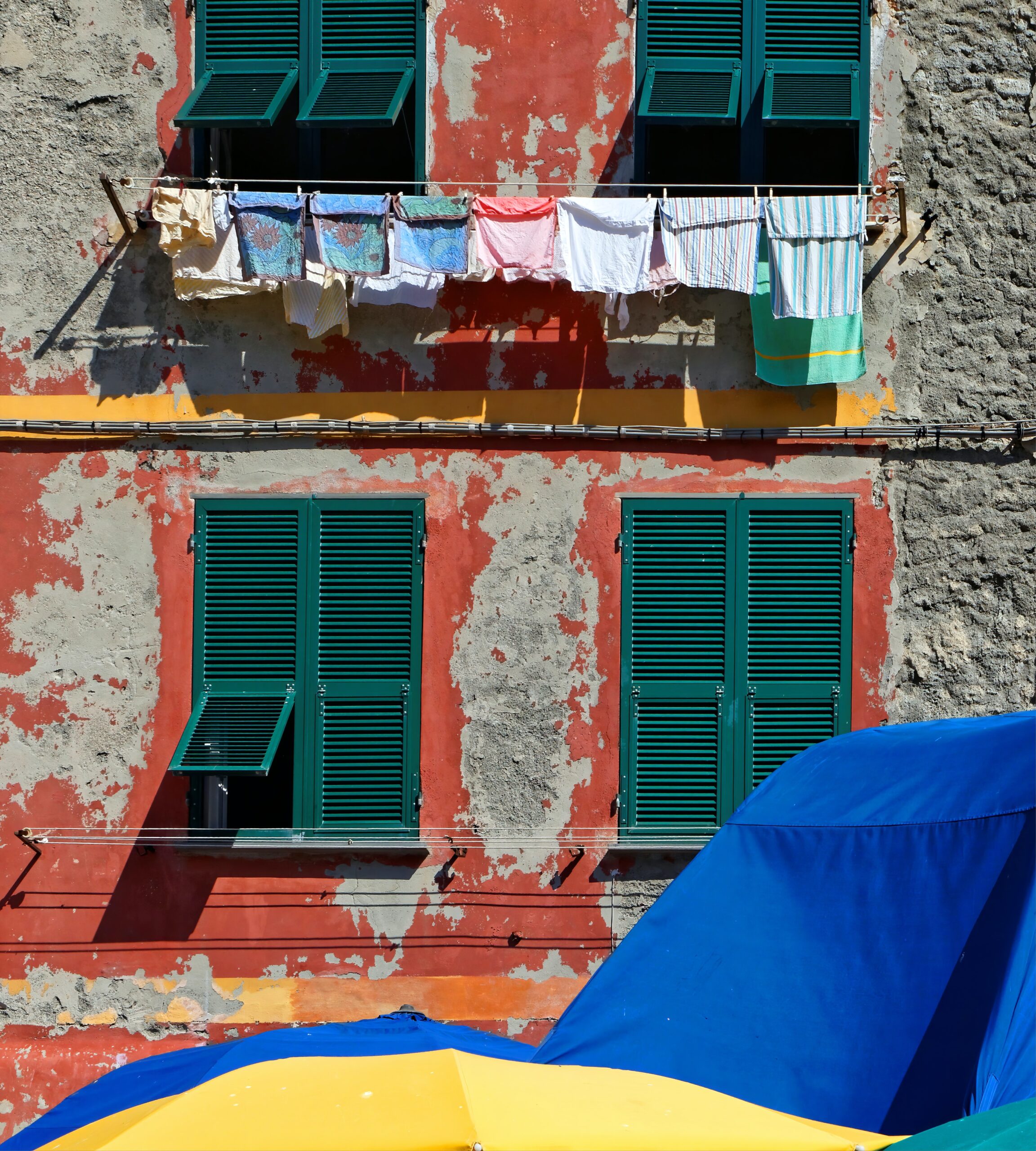Tax Deduction | Bonus Facciate
The Italian tax law provides multiple types of tax deductions and abatements regarding real estate properties. A recent bonus introduced since January 1st 2020 is the so called Bonus Facciata, or Facade Bonus, providing a 60% tax relief on the qualifying expenses involving the buildings facade renovation or restoration. Let’s find out how this bonus works.
Bonus Facciate - Who can claim it?
Before understanding the qualifying works to trigger the Bonus Facciata and how to claim the tax break. The following categories can benefit of the bonus facciata:
- Natural persons;
- Public and private Non Government entities (including non commercial activities);
- Simple Partnership;
- Limited companies;
- Chartered Professional partnerships.
Furthermore, the following categories are included as long as they pay for the renovations:
- Cohabiting family member;
- Civil union partner;
- Divorced or separated spouse living in the house.
Bonus Facciate - Which buildings qualify?
The Bonus Facciate is quite comprehensive when it comes to the beneficiaries and the type of buildings which qualify for the tax relief. According to the 2022 budget law, any building (Residential, commercial, industrial, or rural) can qualify for the Bonus Facciate.
The buildings must be located in zones A dn B, as per Council of Minister’s decree 1444/1968, or areas similar to that. If you want to find out if your building is located in any qualifying area, you must check the regional maps as well as the local Comune zoning to be 100% sure your building fits in the Bonus Facciate areas.
Furthermore, the Facade attracting the works must be visible from a public street, or a public area; this means that internal facades (i.e. inner courtyard) are disqualified from the Bonus Facciata. Note that the facade can be also partially visible to trigger the Bonus facciate.


Bonus Facciate - Which expenses qualify?
Now it is time to understand which expenses qualify for the Bonus Facciate. According to the law, the following expenses attract the Bonus Facciate:
- Facade painting;
- Facade cleaning (i.e. from graffiti);
- Balcony’s remodeling;
- Balcony’s rails;
- Energy Efficient External coating.
Calculate your tax Deduction | Bonus Facciate
Bonus Facciate - How to practically claim it?
In order to benefit of the Bonus Facciate you must follow a precise path. Firstly, you (or the condominium administrator) must file a CIL to the local Comune regarding the facade renovations, as well as the buildings involved; this is fundamental because invoices paid before the filing date are disqualified from ANY TAX BREAK.
Once you obtain the permit, you must pay your invoices via a specific bank wire name Bonifico Ristrutturazioni Edilizie. This is mandatory to unlock the tax break, and it is not possible to pay via a regular bank transfer or an international bank wire.
If the Bonus Facciate work include the energy efficient external coating, a further disclosure must be met. The supplier must file with the ENEA authority (energy efficiency authority of Italy) a return disclosing the types of work performed, as well as the energy efficiency improvement resulting from it; finally, the new building energy efficiency category must be reported with the APE – Attestato di Prestazione Energetica.
You can claim the tax break in your tax return in 10 equal installments over a 10 year period; since there is no cap on the qualifying expenses you can reduce your tax liability by any possible value. However, if you are not a tax resident of Italy or you do not pay IRPEF tax, your tax break is then wasted. Is there a way to convert it into hard cash?
The answer is positive. You can trade your credit directly to your contractor or you can sell it to an Italian bank, and in both cases you need to obtain an accountant’s Visto di conformità prior doing so. Furthermore, if the amount of works exceeds € 10,000 (VAT included), a chartered professional such as an engineer, an architect, or a geometra must provide a cost congruity statement prior selling the credit or claiming it in your tax return.
Finally, you need to retain all of the above records for a period of 17 years (10 years of tax break + 7 years of tax office investigation period).



